Tech & Innovation Desk — October 1, 2025
Amazon’s annual fall hardware event turned into a showcase of ambition, with the company unveiling a sweeping lineup of new Echo devices, Kindle innovations, Fire TV upgrades, and smarter home security products. More than just gadget announcements, the event offered a glimpse into Amazon’s broader strategy: to build an ecosystem where artificial intelligence, sleek design, and everyday usability converge.
The Panos Panay Era at Amazon
Under the direction of Panos Panay—best known for his years leading Microsoft’s Surface division—Amazon’s devices are getting a dramatic refresh. The focus this year was not only on incremental upgrades, but also on reimagining how hardware looks, feels, and integrates into daily life.
The unifying element across the new devices is Alexa+, Amazon’s next-generation AI assistant. Unlike earlier iterations of Alexa, which were primarily voice-command driven, Alexa+ is designed to be conversational, predictive, and context-aware. Every major product announced this week is built with Alexa+ at its core.
Echo and Echo Show: Smarter Sound and Vision
Amazon’s Echo family received its most substantial upgrade in years:
- Echo Dot Max: An enhanced version of the best-selling Echo Dot, now with upgraded speakers, richer bass, and premium finishes. This device is also Alexa+ ready, meaning it can carry on more natural conversations.
- Echo Studio (2025 Edition): A compact yet powerful smart speaker with spatial audio and Dolby Atmos support. It features Amazon’s new AZ3 Pro chip, allowing it to better process conversations and handle multiple commands at once.
- Echo Show 8 and Echo Show 11: With sharper displays, upgraded cameras, and tighter integration with smart home controls, these devices are positioned as the “command hubs” of connected households.
Together, these upgrades signal Amazon’s attempt to push deeper into the living room as both entertainment systems and control centers.
Kindle Scribe Colorsoft: Color Comes to E-Ink
Perhaps the most talked-about reveal was the Kindle Scribe Colorsoft, Amazon’s first e-ink device to feature full color support.
The new lineup includes three models:
- An entry-level Kindle Scribe without a front light
- A mid-tier version with built-in lighting
- The flagship Colorsoft model, which supports full color e-ink, note-taking, and advanced stylus integration
Amazon also introduced AI-powered note features, including automatic summaries of handwritten notes, searchable annotations, and tighter integration with productivity apps. The upgraded stylus is designed to feel more natural, reflecting Panay’s design philosophy of blending digital utility with physical comfort.
By stepping into color e-ink, Amazon is betting it can expand Kindle’s role beyond reading into creativity, studying, and professional work.
Fire TV Gets Vega OS and AI Search
Amazon’s Fire TV lineup also got a major refresh, headlined by the introduction of Vega OS, a new operating system designed to be faster, more responsive, and optimized for AI-driven features.
Highlights include:
- A revamped Fire TV Stick 4K Select, supporting HDR10+, faster load times, and improved voice navigation.
- AI-powered search and personalized content recommendations built directly into the TV interface.
- Deeper integration between Fire TV and Echo devices, allowing surround sound setups and better voice-based controls.
With Vega OS, Amazon is positioning Fire TV not just as a streaming device, but as a smarter entertainment platform that reduces the friction of endless scrolling.
Security and Smart Home: More Context, Less Guesswork
Amazon’s Ring and Blink brands also saw upgrades:
- New cameras with 2K and 4K resolution, offering sharper footage.
- AI-powered “Familiar Faces” recognition and pet detection, allowing the system to proactively alert homeowners when something unusual happens.
- The Blink 180° Arc Camera, which stitches together views from two lenses to minimize blind spots.
These features are built to interpret context, not just capture video. For example, the system can identify a delivery, recognize family members, or even help locate a missing pet.
The Bigger Picture: Amazon’s Ecosystem Play
With these announcements, Amazon is clearly aiming to:
- Differentiate from rivals like Apple and Google by delivering a wider hardware ecosystem tied together by a single AI brain.
- Deepen consumer lock-in: By making devices more interdependent, Amazon ensures that once consumers invest in Echo, Kindle, Fire TV, and Ring, leaving the ecosystem becomes harder.
- Monetize Alexa+: While the company has not announced full pricing details, industry watchers expect premium features could eventually be tied to subscription plans.
This strategy positions Amazon to lead in “ambient intelligence”—a world where devices blend seamlessly into daily life, anticipating needs rather than waiting for commands.
Risks and Challenges
For all its promise, Amazon’s hardware push carries risks:
- E-ink color challenges: Color displays are often slower and less crisp than black-and-white models. Customer reception will determine whether Colorsoft becomes a hit or a novelty.
- Privacy concerns: With expanded AI, cameras, and facial recognition, Amazon faces mounting pressure to prove it can safeguard user data.
- Pricing pressures: Many devices are being positioned as premium, raising questions about whether Amazon can maintain its broad appeal to cost-sensitive households.
- AI reliability: As with all new AI systems, the success of Alexa+ depends on its ability to work reliably across millions of unpredictable home environments.
Conclusion: A New Era of AI-Powered Living
Amazon’s 2025 event was more than just a hardware showcase. It was a strategic declaration: the company is all-in on AI, on design, and on building a home ecosystem that feels less like a collection of gadgets and more like a living, learning assistant.
If Amazon delivers on its promises, this could be a turning point—not just for the company, but for the future of smart homes and consumer tech. If it stumbles, however, rivals will be quick to capitalize.
Either way, the race to build the AI-powered home of the future just accelerated.

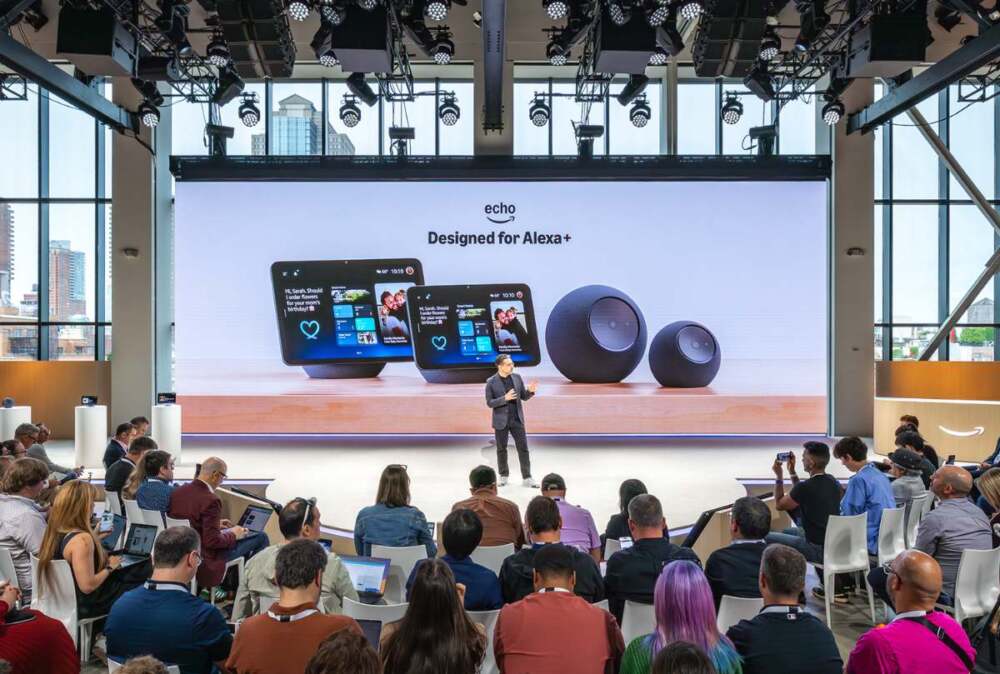
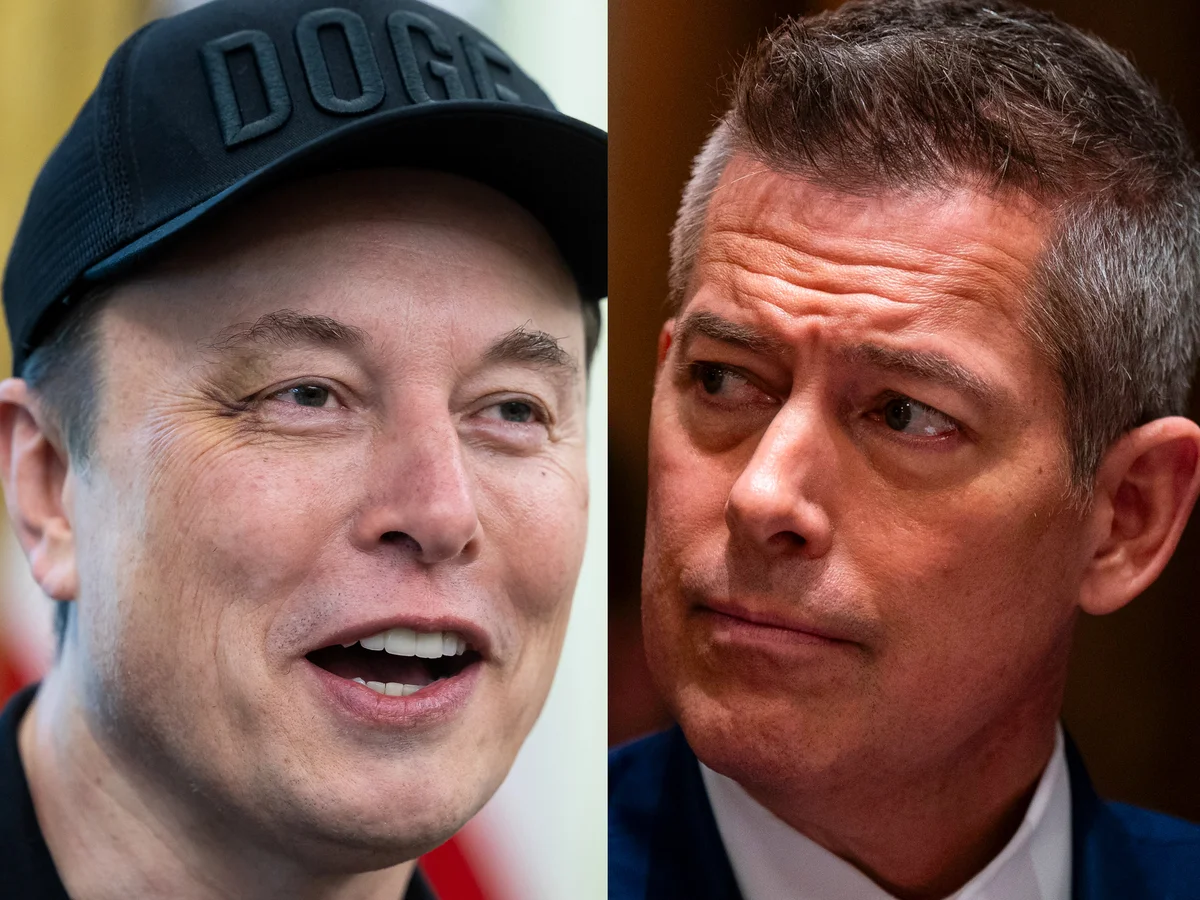
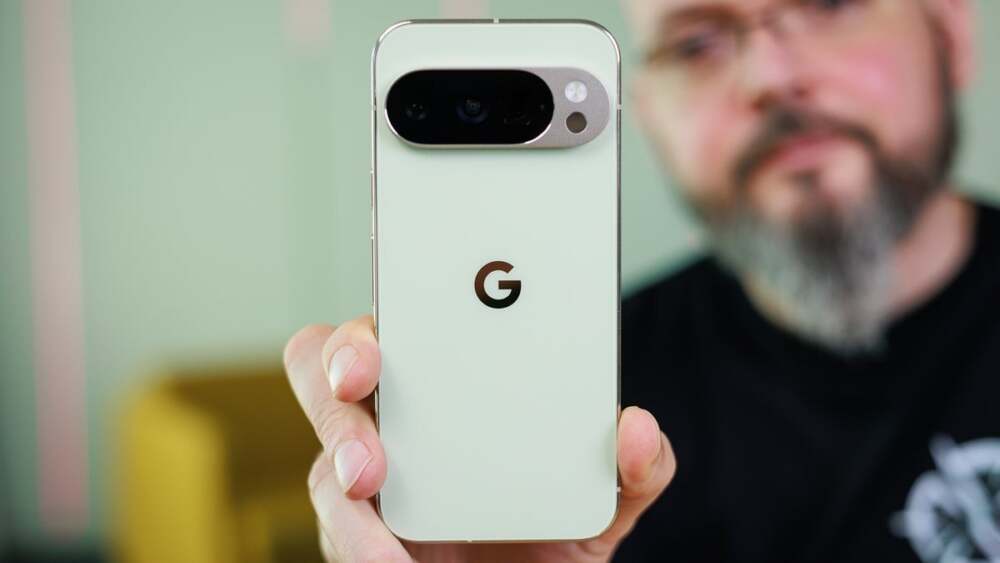

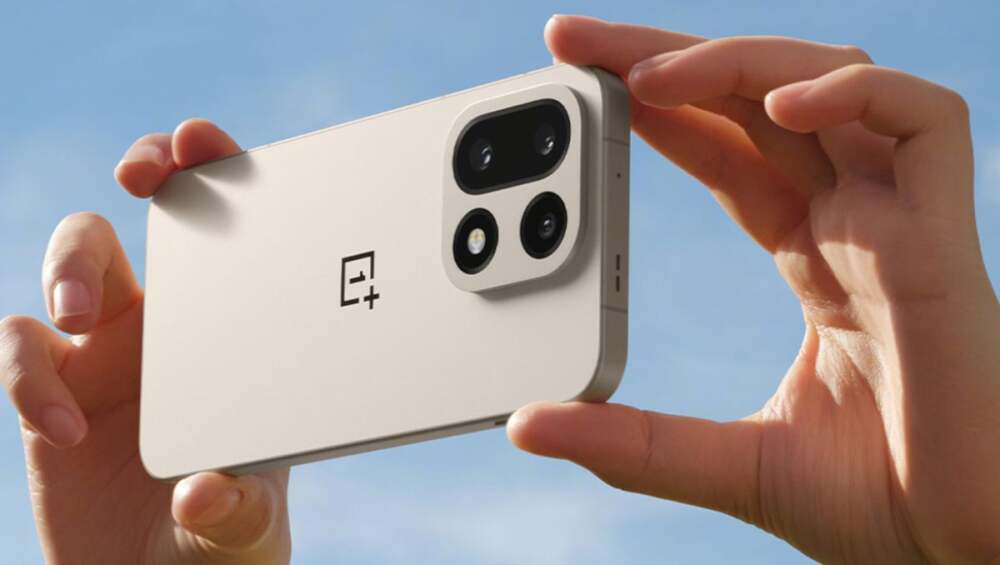


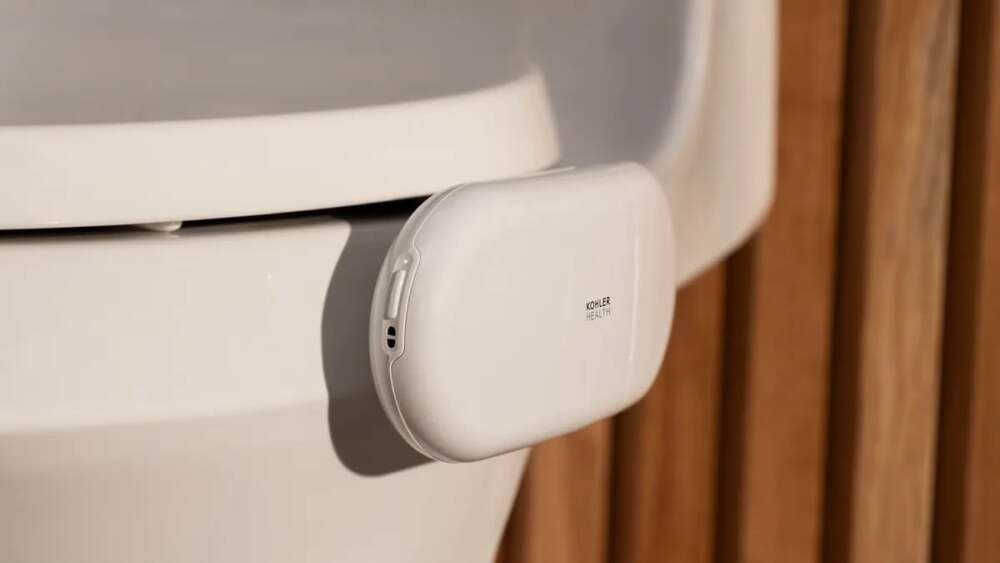







Leave a Reply